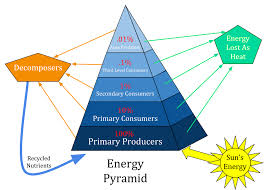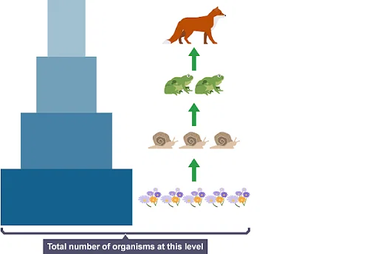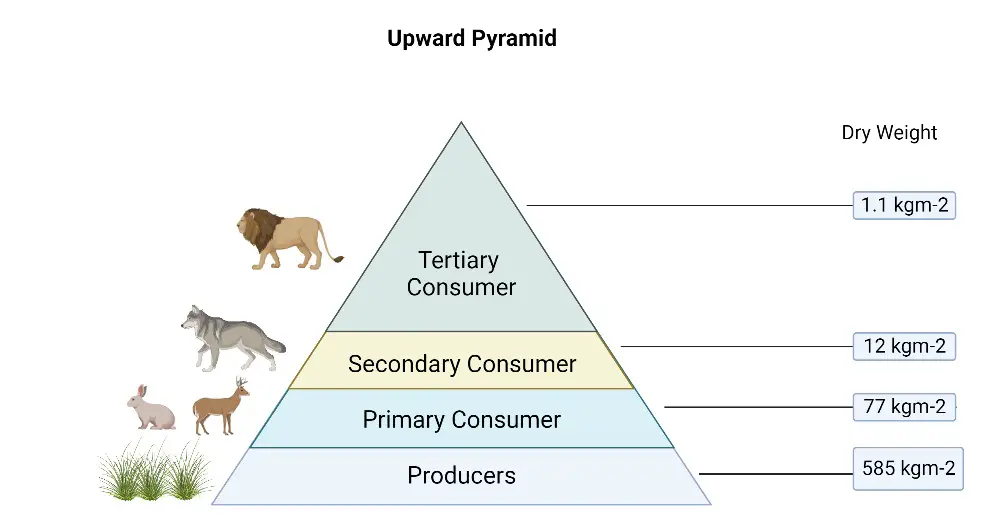Systems, Matter, & Energy: Vocab (UNIT 2)
1/23
There's no tags or description
Looks like no tags are added yet.
Name | Mastery | Learn | Test | Matching | Spaced |
|---|
No study sessions yet.
24 Terms
Photosynthesis
The process by which plants and some other organisms convert light energy into chemical energy, using carbon dioxide and water to produce oxygen and sugar
Cellular respiration
The process by which organisms break down food (like glucose) in the presence of oxygen to produce energy, releasing carbon dioxide and water as byproducts
Producers/autotrophs
Organisms that can produce their own food from inorganic sources, like sunlight or chemicals
Consumers/heterotrophs
An organism that cannot produce its own food and must obtain it by consuming other organisms
Herbivore
An organism that primarily or exclusively feeds on plants or other photosynthetic organisms like algae
Carnivore
An animal that primarily eats other animals (meat)
Omnivore
An organism that consumes both plants and animals
Decomposer/saprotroph
Organisms that break down dead organic matter, returning nutrients to the ecosystem
Detritivore/Scavenger
An organism that feeds on dead organic matter (detritus) for energy and nutrients
An animal that feeds on dead organisms or parts of organisms that it did not kill itself
Detritus
Dead or decaying organic matter
Trophic level
The position an organism occupies in a food chain, indicating its source of energy and nutrients within an ecosystem
Food chain
A linear sequence of organisms where nutrients and energy are transferred from one to another as one organism consumes another
Food web
A complex, interconnected diagram that illustrates the feeding relationships within an ecosystem
Ecological pyramid
A graphical representation that illustrates the flow of energy and the relationships between organisms at different trophic levels within an ecosystem
Pyramid of Energy
Visual representation of energy flow through different trophic levels in an ecosystem

Pyramid of Numbers
A graphic representation showing the number of organisms at each trophic level in a food chain

Pyramid of Biomass
A graphic representation that shows the biomass (total mass of living organisms) at each trophic level in a food chain or food web

Gross primary productivity (GPP)
The total amount of organic matter produced by primary producers (plants and other photosynthetic organisms) in an ecosystem during a given time period
Net primary productivity (NPP)
The rate at which energy is converted into organic material by plants (or other primary producers) in an ecosystem, after accounting for the energy used by those producers for their respiration
Secondary productivity
The rate at which consumers, such as herbivores and carnivores, produce new biomass within an ecosystem
System
A group of interconnected parts that work together to form a complex whole
Open system
A system that exchanges both matter and energy within its surroundings
Closed system
A system where no matter, like air or water, can enter or leave, but energy can be exchanged
Isolated system
A system that does not exchange energy or matter with its surroundings